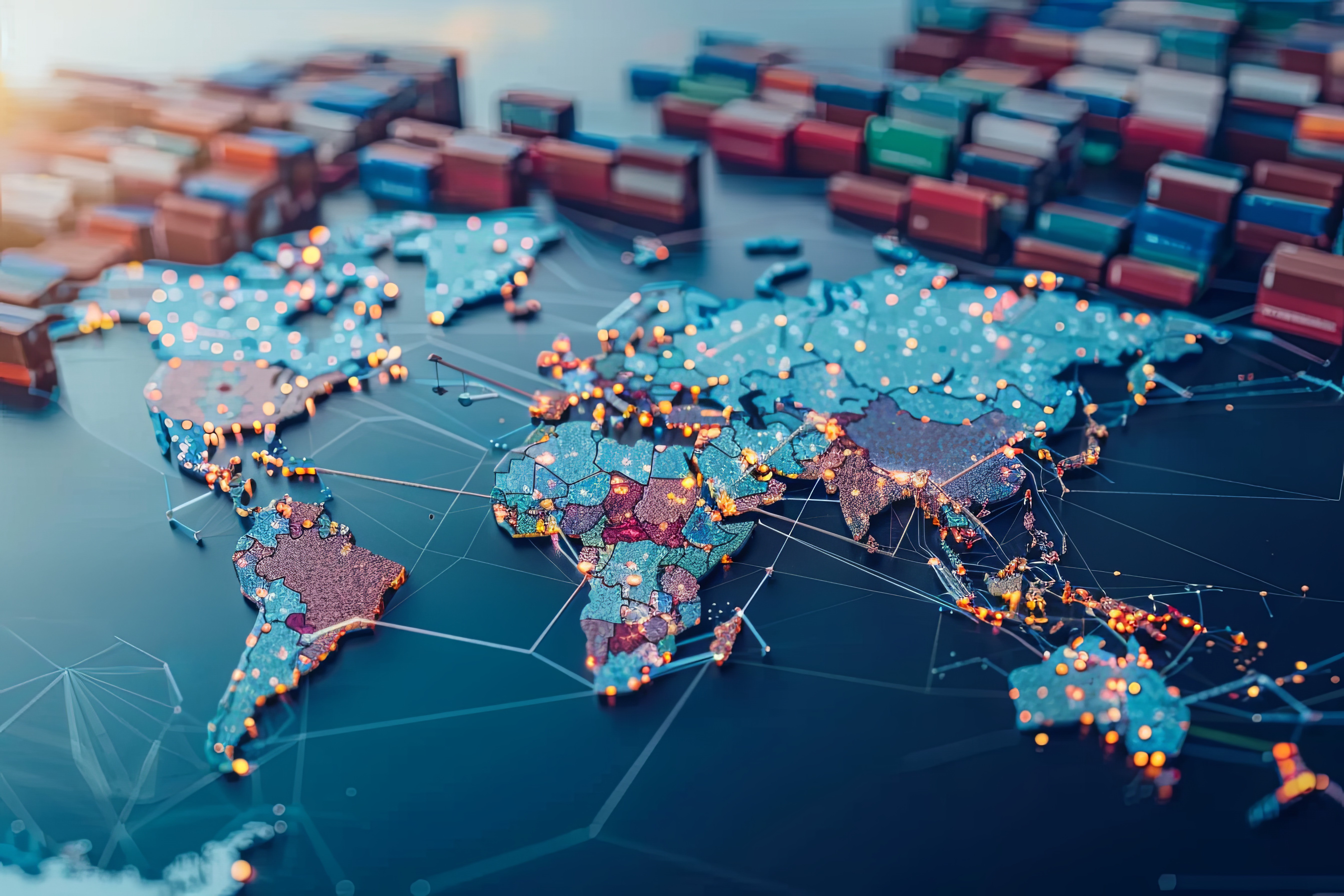Jan 30, 2025
What the New US Administration Means for Global Supply Chains
The new US administration has begun to impose trade policies - in the form of tariffs - that have already started to upend global supply chains. To prepare, companies need to start examining their global exposure across all the levers. The companies with the most data - and the most supply chain visibility - will be the ones to turn the new supply chain chaos into profit. This is a developing story.
Tariffs
The US already collects $75B in tariffs annually, with that number expected to more than double under the new US administration. The prior round of Trump tariffs, most of which remained in place during the Biden administration, resulted in rapid and sustained inflation, first with business-to-business trade and ultimately with higher consumer prices. Many companies attempted to move manufacturing of certain goods out of China to other parts of the world. Additional tariffs announced this week by the administration, particularly those levied against Canada and Mexico, may dismantle the existing USMCA agreement between all three countries, further complicating attempts to nearshore manufacturing previously concentrated in China back to North America.
It's these business-to-business tariffs that are the hardest for companies to anticipate because many lack detailed information on exactly where second- and third-tier suppliers are sourcing targeted raw materials. This is especially true when tariffs only target certain raw materials that find their way into all types of industries, such as the aluminum tariffs that made themselves felt across the electronics, automotive, construction and renewables industries. Companies need to compile an end-to-end map of their global supply chain down to the raw materials and subcomponents that they rely on to bring goods to market. Supply chain mapping provides essential information to inform decisions about nearshoring, or to decide which supply chains should be diversified so that alternative vendors can be tapped in the event of an effective boycott driven by sudden and severe tariffs.
Taxes on foreign income
Corporate taxation saw a major overhaul during the previous Trump administration, resulting in companies favoring the US for some manufacturing activities. The Inflation Reduction Act and CHIPs act also drove an acceleration in high-tech manufacturing locating in the US.
More recently, the IRS has pursued very large penalties on companies that are alleged to have attributed too much income to non-US operations, including high-profile wins against Airbnb ($1.9B in taxes and penalties) and active legislation against Amgen ($10B) and Microsoft ($30B). This means that supply chains with a number of physical and financial transfers originally designed to minimize tax burden may not only increase taxes; they may also attract increased enforcement. Companies need to evaluate their own exposure and their suppliers’ exposure to so-called ‘transfer pricing’ to avoid surprises as the new tax administration establishes its priorities - especially to ensure that non-US income declarations are properly documented.
Customs regulations
Since the first Trump administration, the US has accelerated enforcement of bans against certain products and regions associated with forced labor, with more than $3.6B of imports seized by US Customs and Border Protection (CBP) on suspicion of forced labor since 2020. When our CEO was asked to testify by US Senator Mike Crapo (R-ID) before the US Senate Finance Committee, it was clear that the measure benefited from bipartisan support, whether due to the moral imperative of preventing forced labor worldwide or because of the competitive disadvantage posed for responsible US businesses.
It should be noted that US CBP is conducting a pilot for its new customs portal technology that would allow for digital transmission of supply chain data in order to expedite enforcement and clearance of the forced labor ban, among other regulations. The EU is pursuing a similar strategy with its enforcement of the 2025 Deforestation Regulation (so-called EUDR), pointing to a near future in which companies will need to submit a digital supply chain map of every supplier used in order for a shipment to clear customs.
How to Prepare
The long term effects and unintended consequences of tariffs can be difficult to predict, but there are certain steps companies can take to prepare. Companies that have full visibility into their upstream supply chain will be better positioned to identify their risk exposure to tariffs and import bans. Collection of evidentiary data in the form of chain of custody documentation has never been more important, and enhanced data collection processes should become standard due diligence for all companies. Luckily, there is an established precedent for this level of data collection that has been tried and tested across industries.
Sourcemap can help you prepare for what’s coming. To learn more, reach out to our team of industry and policy experts.





